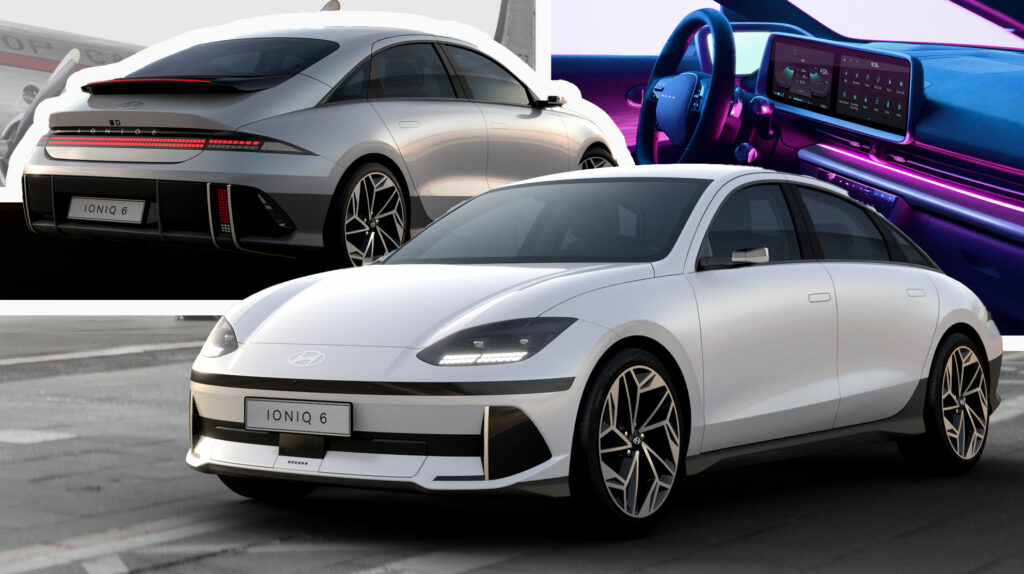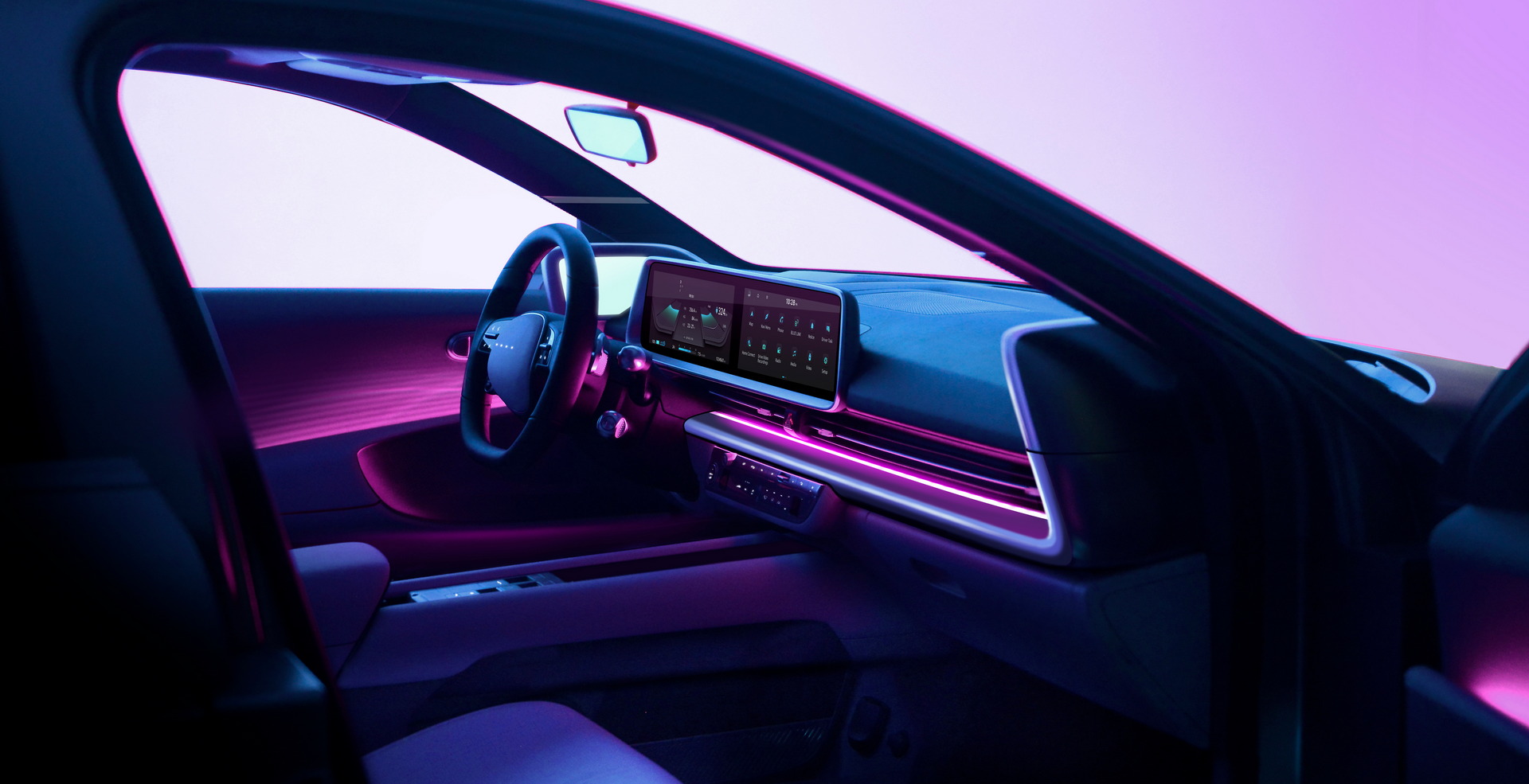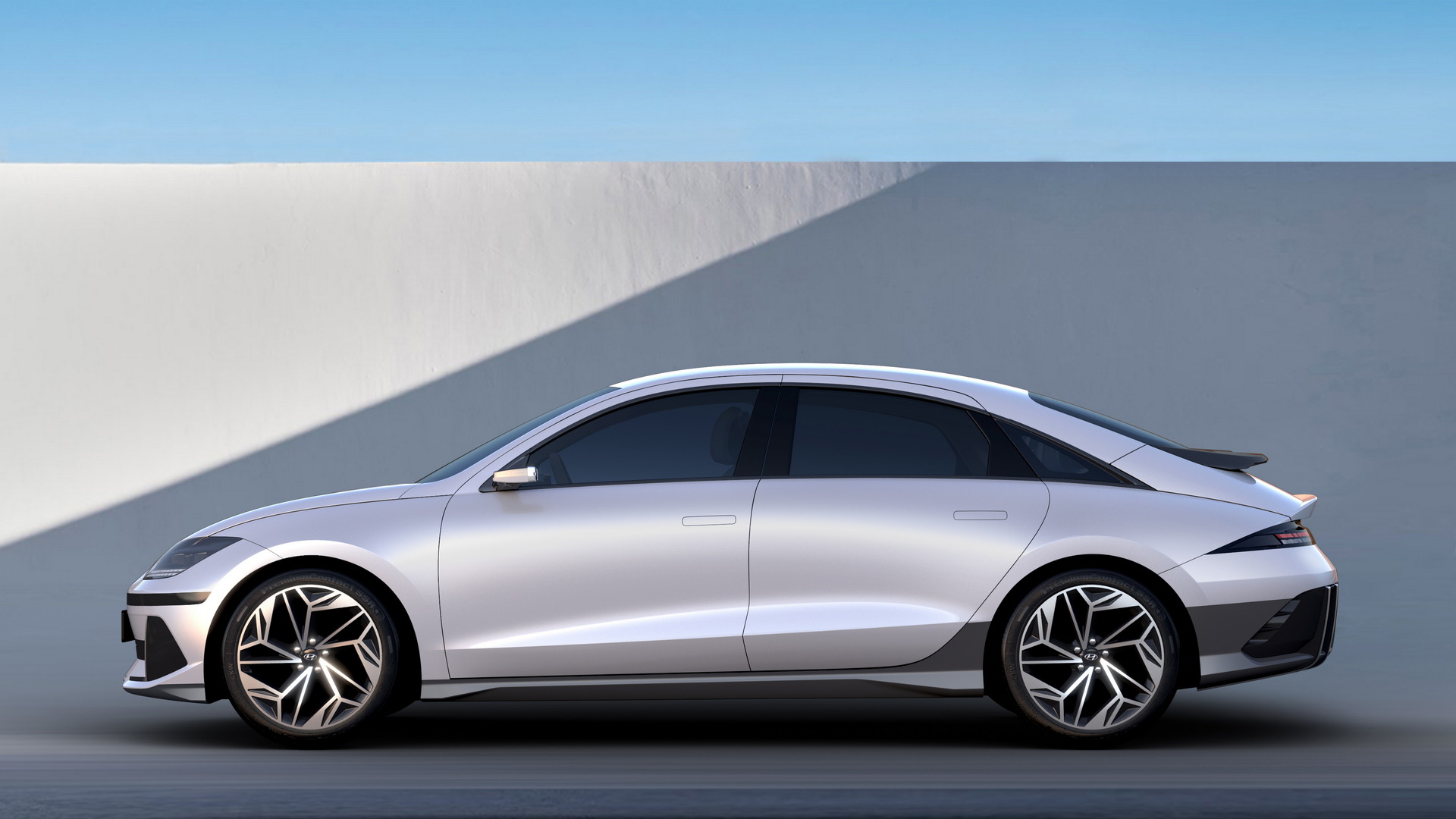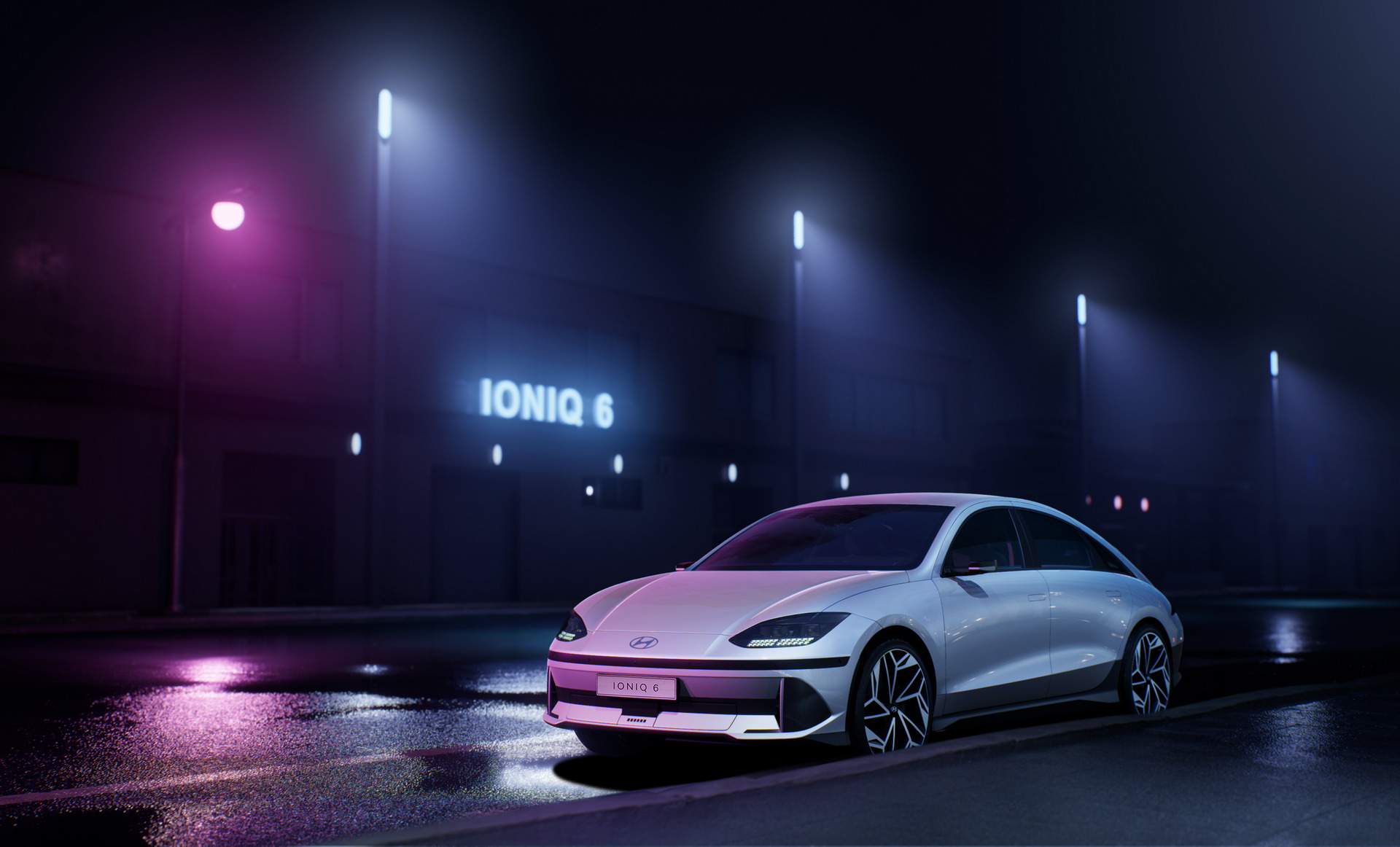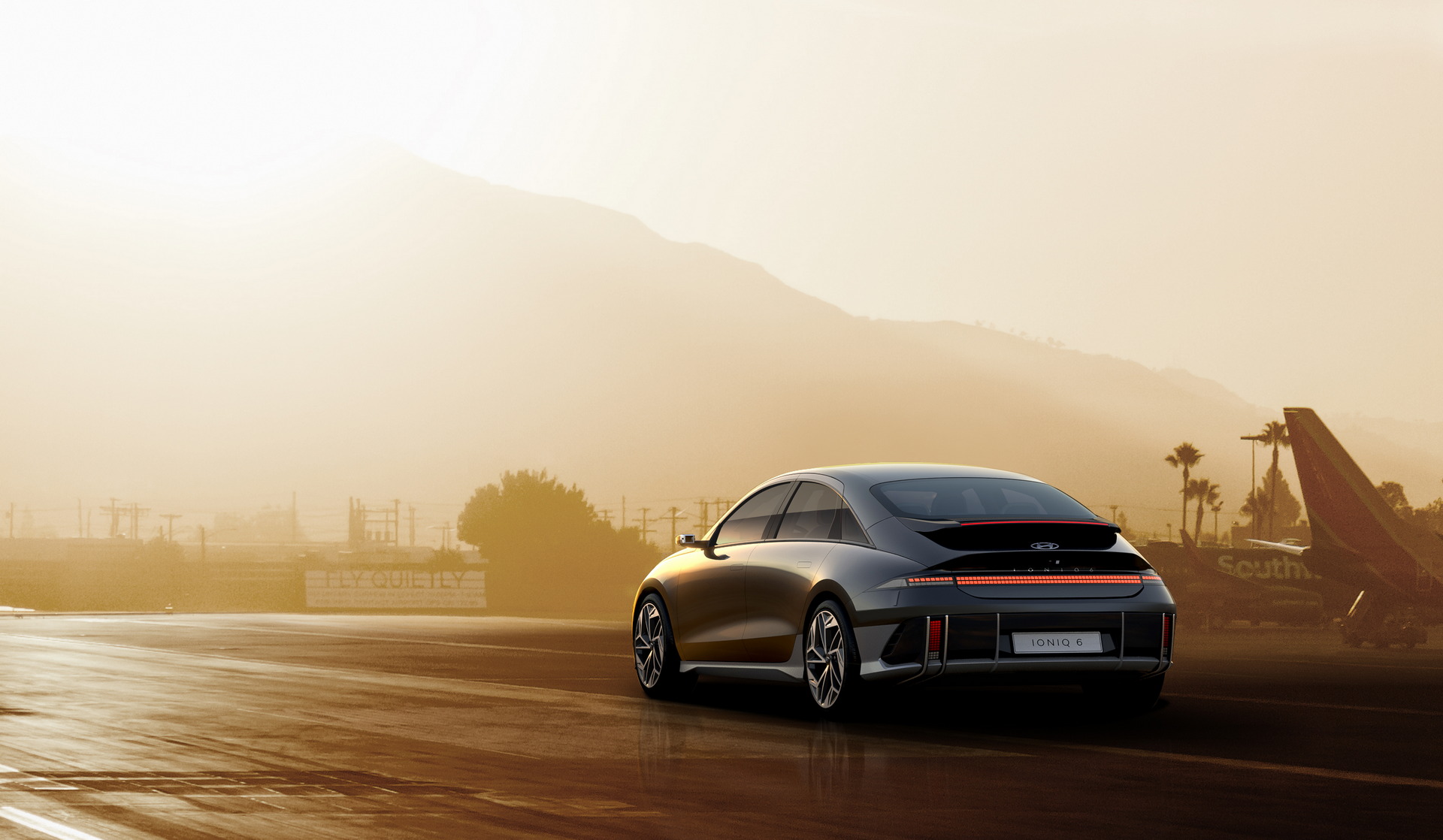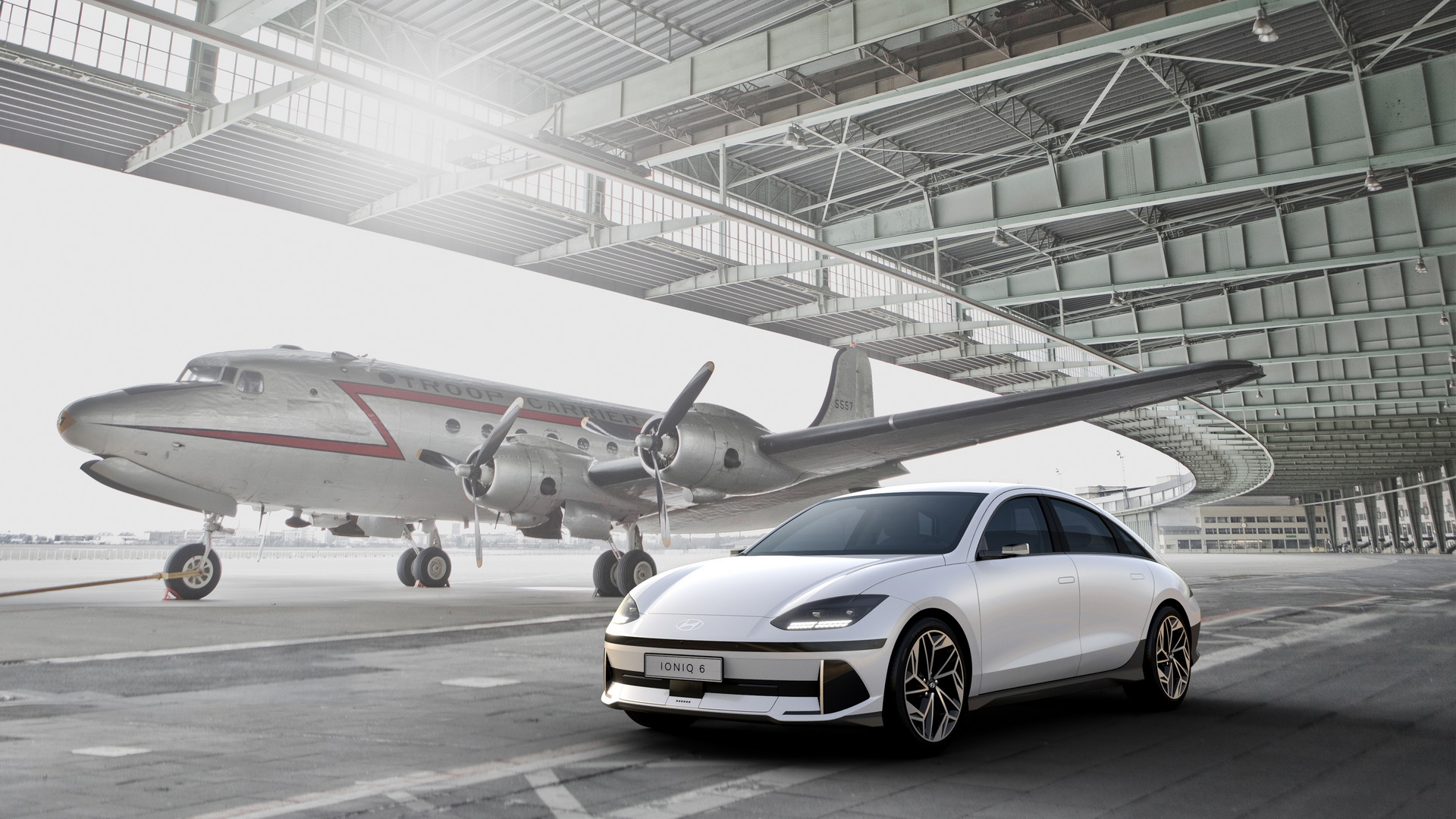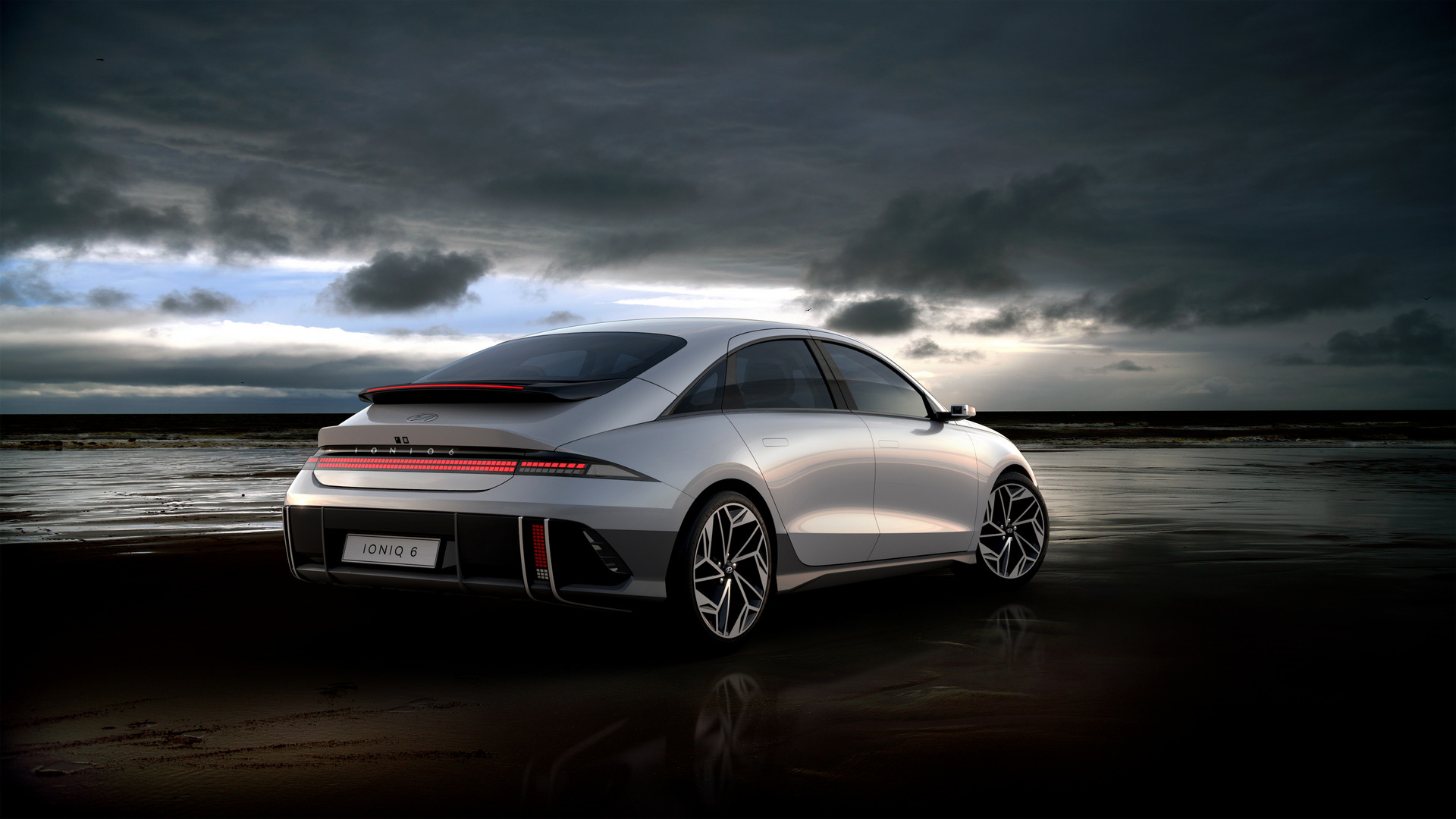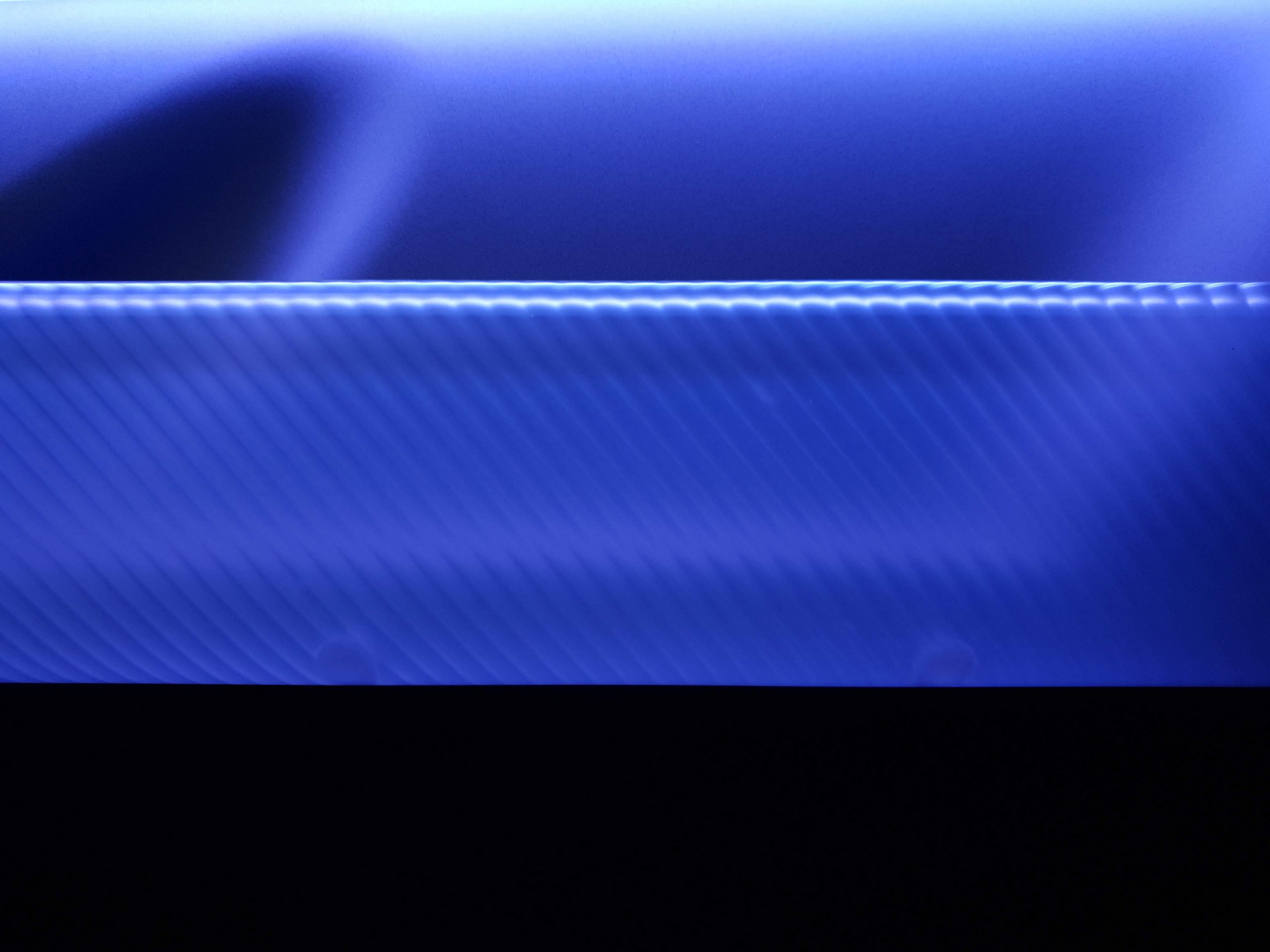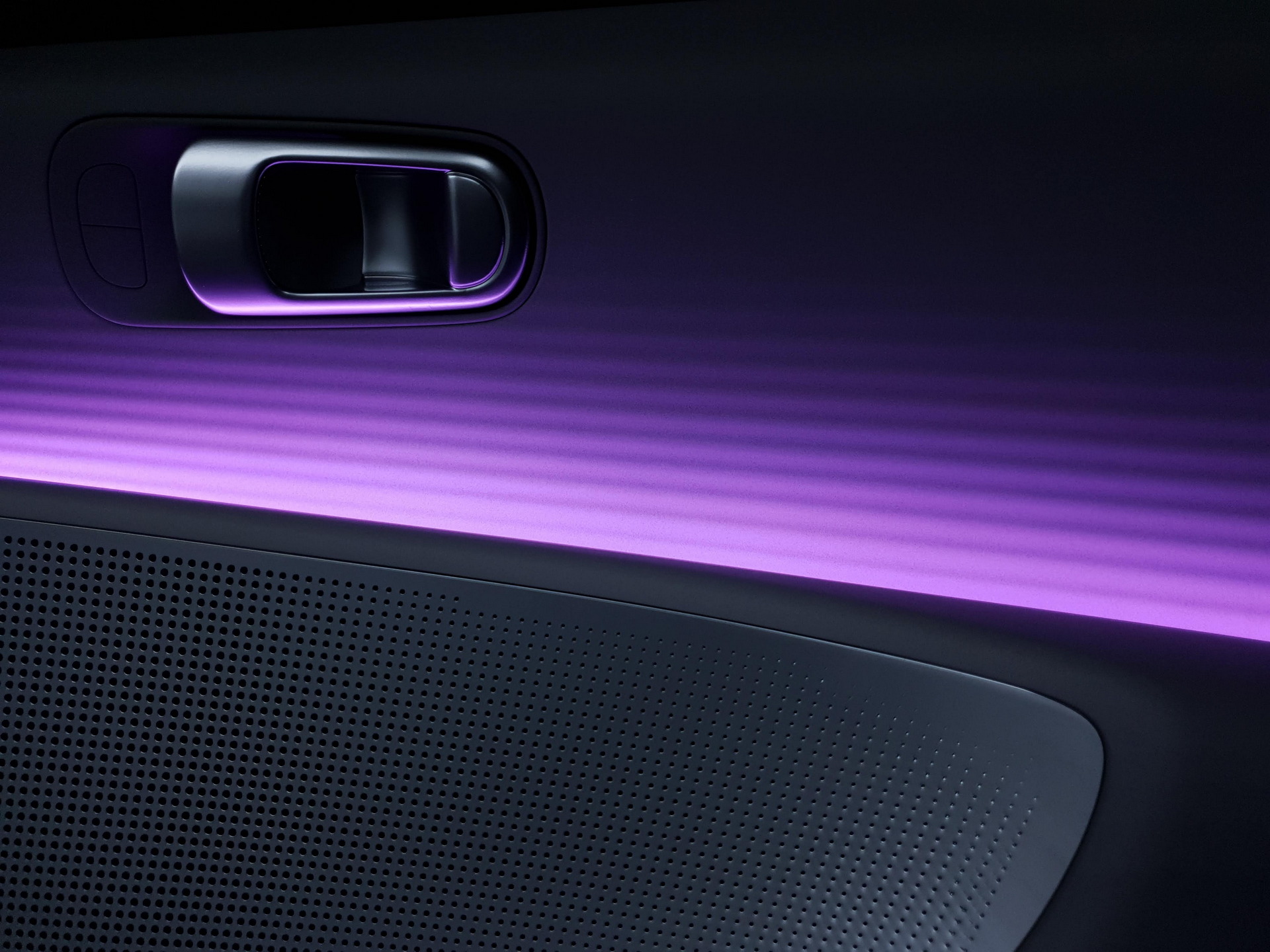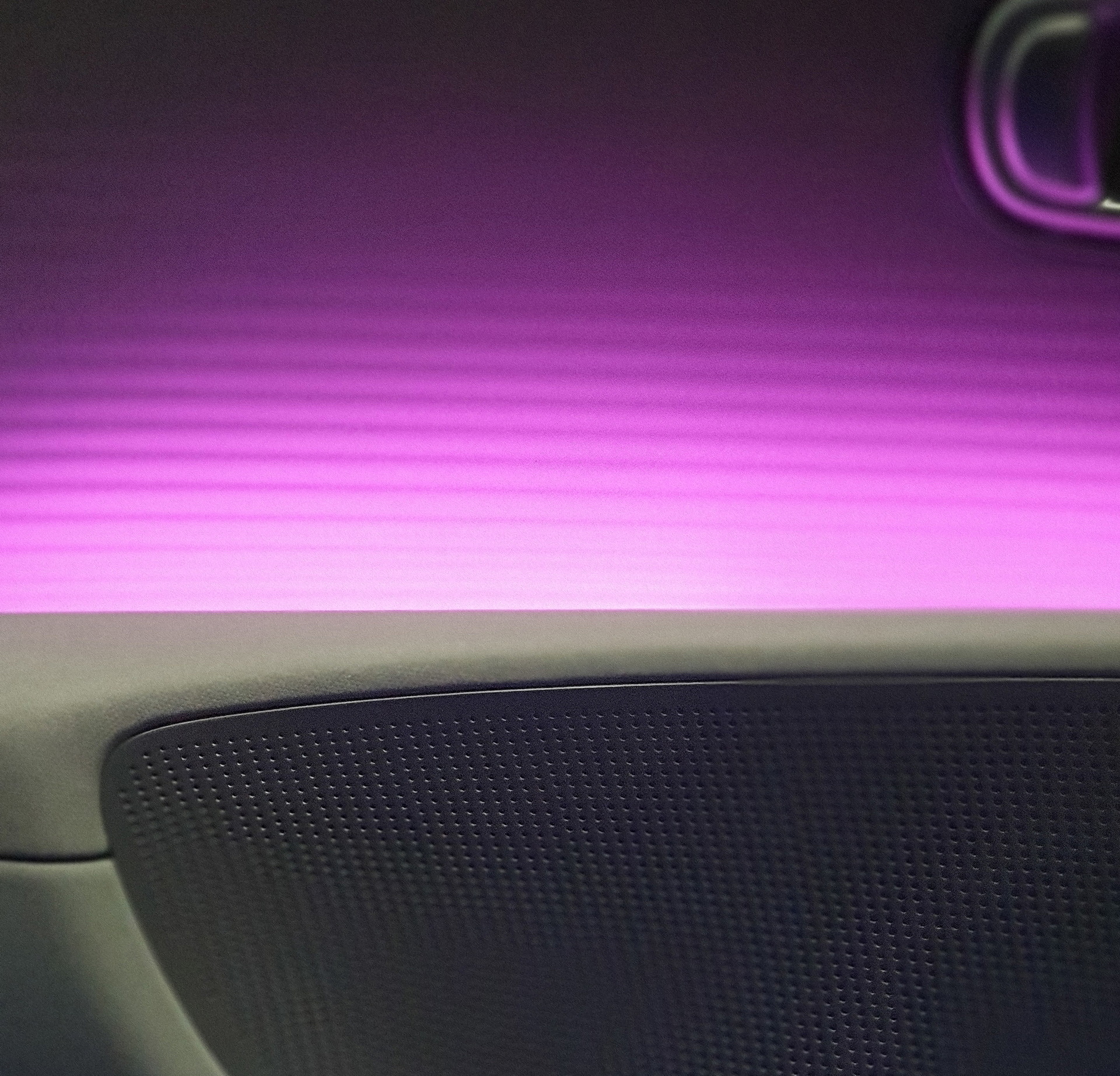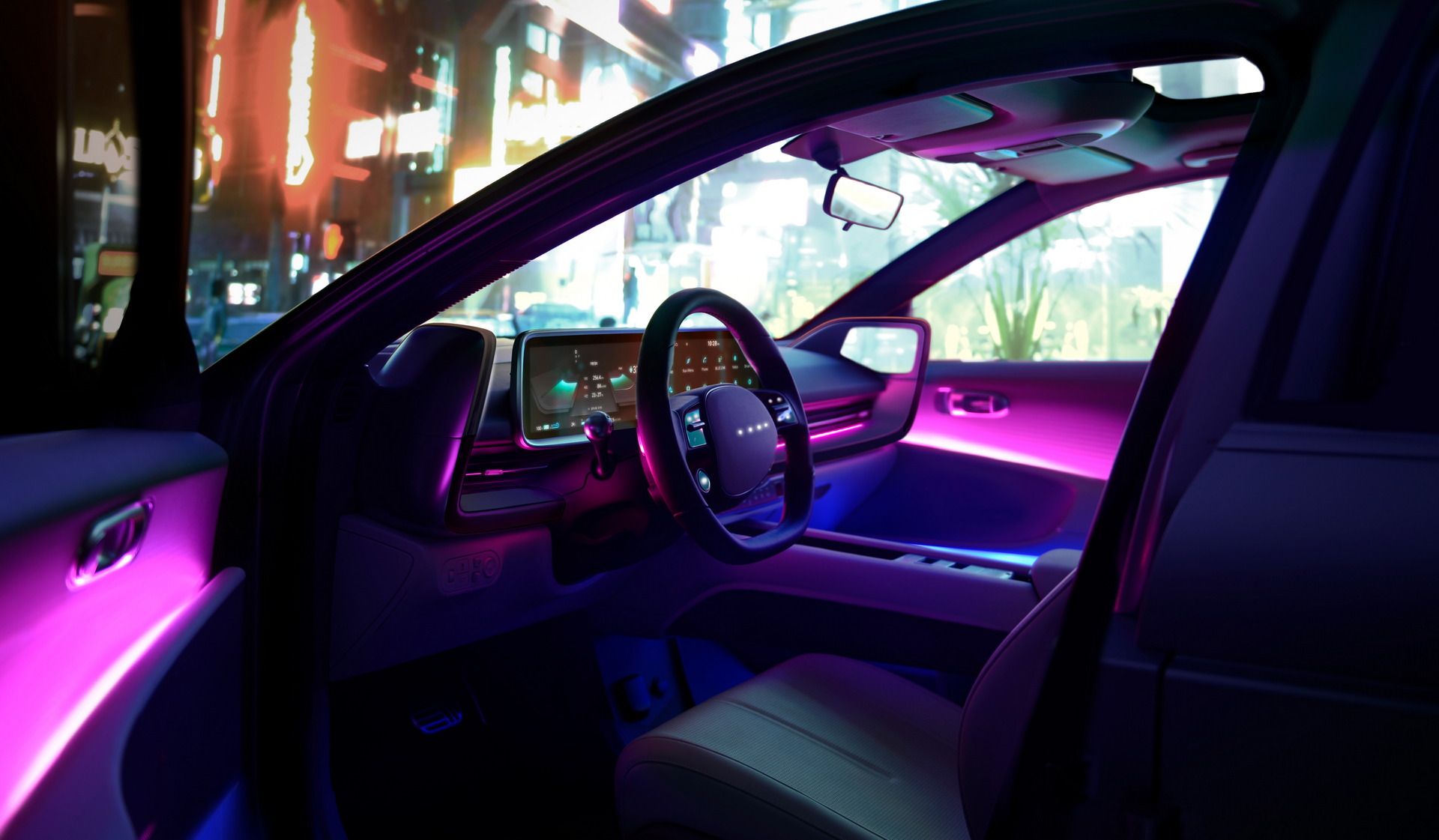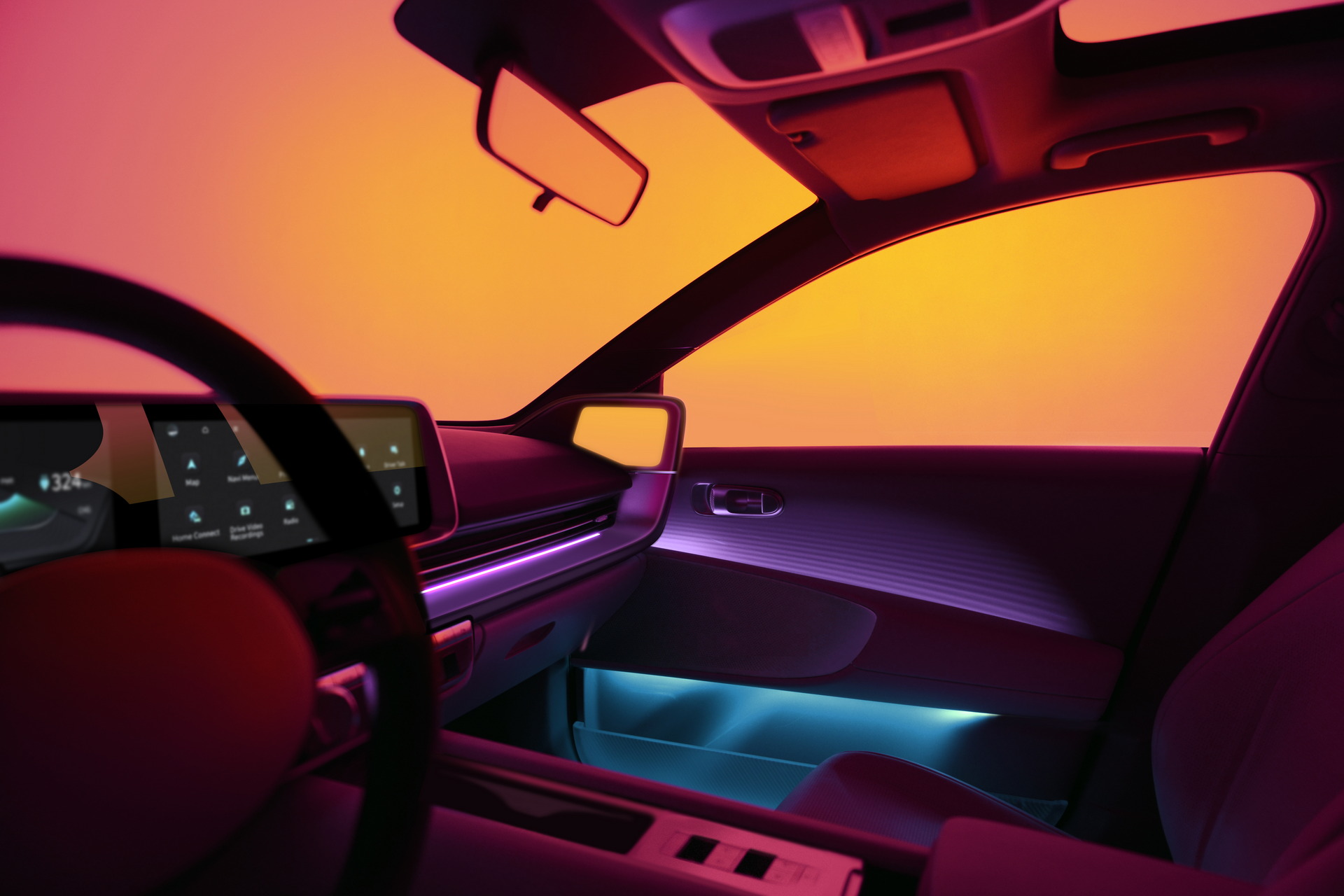Hyundai has taken the wraps off their all-new Ioniq 6, the first sedan and second model overall in their Ioniq EV line. And in the same way that the Ioniq 5 bore a strong resemblance to the 45 concept it was based on, the Ioniq 6 has an elegant, flowing design not too dissimilar to the Prophecy concept that previewed the EV back in March of 2020.
As is the case with just about every production version of a concept car, the proportions had to be toned down a bit to meet practicality and safety requirements, but it’s still quite close, and we’re honestly impressed that they kept the swooping, low-tailed design instead of just switching to a more conventional one. Many have compared that sloping rear end to the Porsche 911, but we don’t see that as a bad thing.
Read More: Everything We Know About The Hyundai Ioniq 6 Electric Sedan As It Goes From Prophecy To Production
The main change you’ll find from the Prophecy concept is the fact that there are much more graphics, especially on the front and rear bumpers. This has the dual purpose of making the car more distinctive as well as visually shaving off some of the extra height it gained from the concept phase.
Some things that haven’t changed from the concept are the Parametric Pixel lighting elements that Hyundai plans to carry across the entire Ioniq range, the Porsche-like “whale tail” spoiler, and the vertical rear lights, although they’re now separate from the full-width light bar. There are also new wheels, but we feel they suit the car. The only thing we think is a little out of place is the long strip of trim running across the bumper under the headlights, but other than that it’s quite a handsome and unique car.
A modern looking, high-tech interior
Inside, the Ioniq 6’s cabin is very similar to its hatchback counterpart, centering around two 12-inch screens making up the gauge cluster and infotainment system, but it received a few tweaks to match the theme of the exterior.
Firstly, the door sill armrests now slope downwards instead of protruding straight out, and they no longer feature any buttons. Those have been moved to a new center tunnel that replaces what was just a wide-open space in the Ioniq 5, and to make up for that loss of space, Hyundai was able to integrate extra storage in the doors, precisely because of that lack of buttons.
Additionally, the ledge under the infotainment screen now stretches all the way across the dash, then swoops up into a set of integrated digital side view mirrors. We’re particularly interested to see how that will change for markets where digital mirrors haven’t yet been legalized. Finally, to up the luxury factor, the wheelbase of the Ioniq 6 was stretched to give both the front and rear passengers extra legroom, and 64-color ambient lighting with 6 dual-color themes help to set the mood.
Related: Hyundai Confirms New EV Plant For America, Might Be Located In Georgia
While the Koreans did not share much in the way of technical specifications, we know that the Ioniq 6 will ride on Hyundai‘s E-GMP EV platform underpinning the Ioniq 5. As a result, it will likely have similar specs in terms of power, but with potentially better range, as its drag coefficient of 0.21 is significantly lower than the boxy Ioniq 5’s 0.288. Powertrain options are likely to include the 225 hp (228 PS / 168 kW) and 258 lb-ft (350 Nm) single-motor RWD configuration, as well as the 320 hp (324 PS / 239 kW) and 446 lb-ft (605 Nm) dual-motor AWD option, and the platform also features the automaker’s 800-volt fast-charging infrastructure.
It’s still unclear what the interior of the car will look like beyond the front seats, as well as what the exact specs of the car will be, so for that we’ll just have to sit tight for the full reveal in the coming months.



